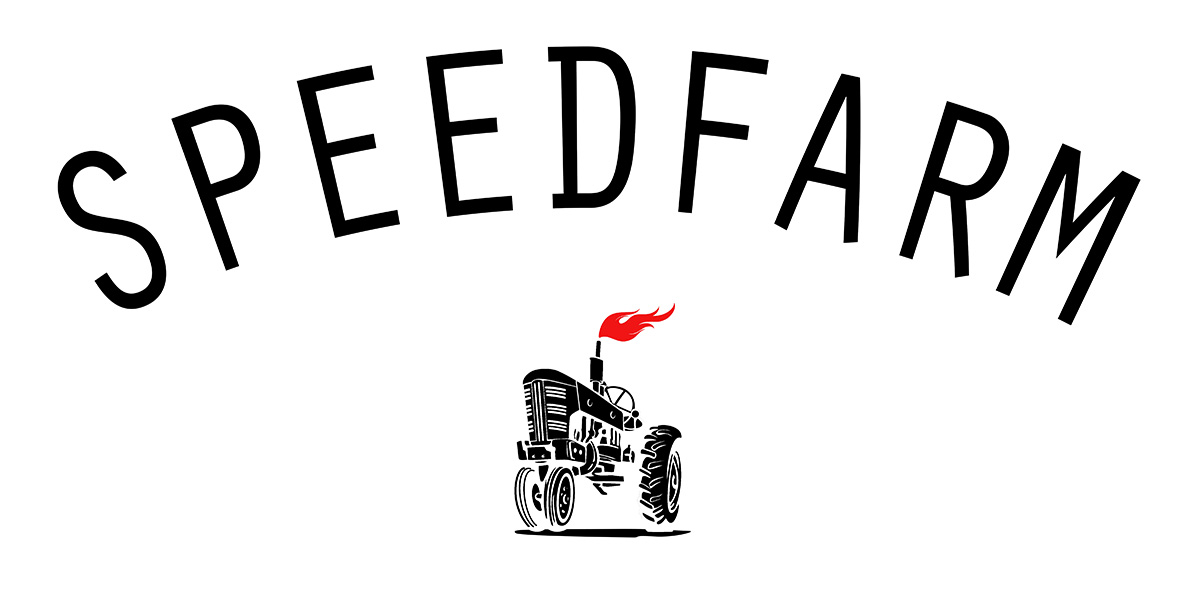At this time of year, many athletes are setting goals for what they hope to achieve in the coming months and are starting to develop annual training plans to aim towards those goals.
As runners, it’s natural to focus on outcomes—hitting a personal best, running a specific time or winning a specific race. These sort of outcome goals can be motivating for some but I generally challenge athletes to attempt to reframe their goals as process goals. Shifting the focus away from specific outcomes to a range of process goals required to achieve those goals generally leads to a more balanced, productive approach to training and in the end leads to better outcomes as well.
Process goals focus on the actions, habits, and behaviors that will increase the chance of your desired outcome. Instead of solely fixating on the “end result,” process goals center around the “how” of your training.
For example:
- Outcome Goal: Run a marathon in under 3 hours.
- Process Goal: Run at least 5 times per week and stick to a well-designed training plan that includes proper progression, rest days and recovery weeks.
Process goals are about the small, daily decisions that drive your long-term success. They focus on consistency, discipline, and execution—things you have direct control over every day.
Advantages of process goals
- Control and Consistency
While outcome goals often hinge on factors outside your control (e.g., race day conditions, competition, or unexpected life events), process goals give you power over your training. You control whether you get out the door for that morning run, whether you refuel properly after a long workout, or whether you hit your target paces for a workout. Process goals emphasize consistency and attention to detail which are key to making long-term progress in your running.
Focusing on these actions will also help you stay on track even when things don’t go perfectly. Maybe the race day weather isn’t ideal, or you miss a couple of workouts due to illness. By having process goals in place, you’re less likely to get discouraged because your success is based on your daily efforts throughout the year, not just the finish time in a particular race.
- Motivation and Momentum
Outcome goals can often be unrealistic and the pressure to achieve them can prove overwhelming, to the point that some athletes may not race at all. Outcome goals often cluster around round numbers (e.g., break 3 hrs for a marathon) rather than being based on reality and the magnitude of improvement one can expect with consistent training. This can lead to demotivation and discouragement when the random time goal is not met, even if it was unrealistically set.
Process goals, on the other hand, are small, achievable steps that can keep you on track with sensible, progressive training that can help keep you motivated and give you a sense of accomplishment along the way. In the end, all you can do is execute your training plan to the best of your ability and race intelligently and the outcomes will take care of themselves.
Every step forward is progress, and these small process-based achievements build momentum that propels you toward bigger milestones.
- Reduced Risk of Injury
Runners with only outcome goals (particularly unrealistic ones) are often tempted to increase their intensity or volume too quickly, ignoring signs of fatigue or injury. Without taking the time to focus on proper recovery or to listen to their body, they might suffer from overuse injuries or overtraining which could derail their progress entirely.
Process goals can help prevent this by emphasizing smart training, recovery, and balance. Instead of focusing solely on hitting that 100km week or finishing a 10k in a specific time, process goals encourage you to listen to your body, prioritize recovery, and gradually increase intensity. This sustainable approach minimizes the likelihood of injury while still progressing toward your goals.
Examples of Process Goals for Runners
- Stick to a sensible training plan: Gradually increase volume or distance, include recovery weeks, avoid hero workouts
- Emphasize consistency: Target a specific number of runs per week/month and avoid things that would compromise consistency
- Prioritize recovery: Incorporate rest days, increase sleep time, and make some nutritional improvements for optimal recovery
- Improve fueling: Focus on building a nutrition plan that supports your running—eating balanced meals, staying hydrated, and experimenting with fueling strategies during long runs
- Improve workout execution: Pace workouts based on your current (not dream) fitness, improve pace awareness and ego control
Turning Your Process Goals into Action
When developing your process goals for 2025, it may be helpful to follow these guidelines:
- Be Specific: Make your process goals clear and measurable. Instead of saying, “I’ll run more,” say, “I’ll run at least 30 minutes, 5 times per week.”
- Track Your Progress: Keep a running log or use a fitness app to track your consistency and improvements. It helps you stay accountable and reinforces the positive habits you’re building.
- Set Small Milestones: Break larger goals into smaller, actionable steps. Celebrate your successes along the way, no matter how small they seem.
- Stay Flexible: Life happens, and sometimes your plans may need to change. Process goals give you the flexibility to adapt, whether that means adjusting your schedule or switching up your training focus based on how you feel.
For 2025, embrace the process, focus on your daily habits and efforts and let the outcomes take care of themselves.
